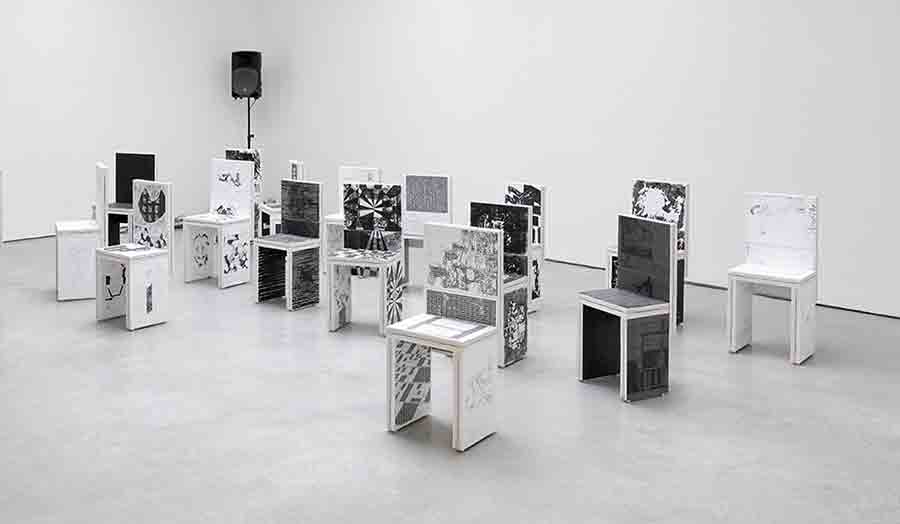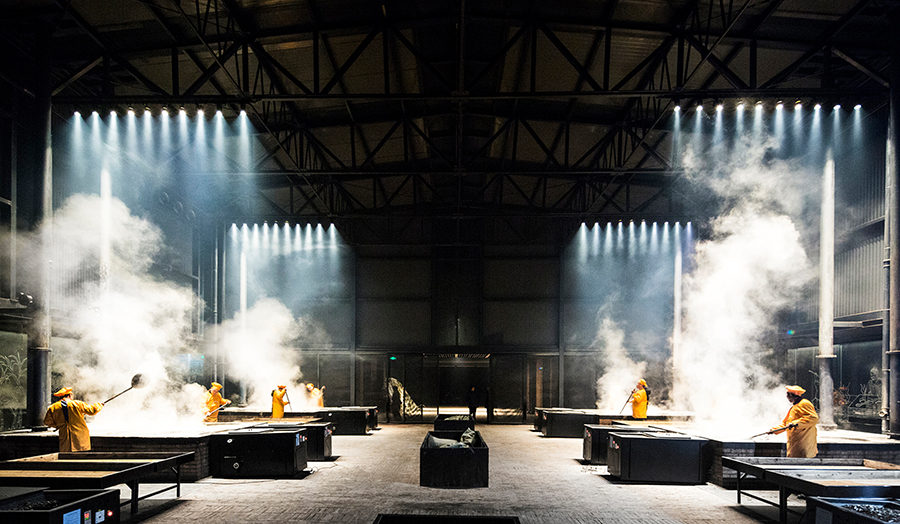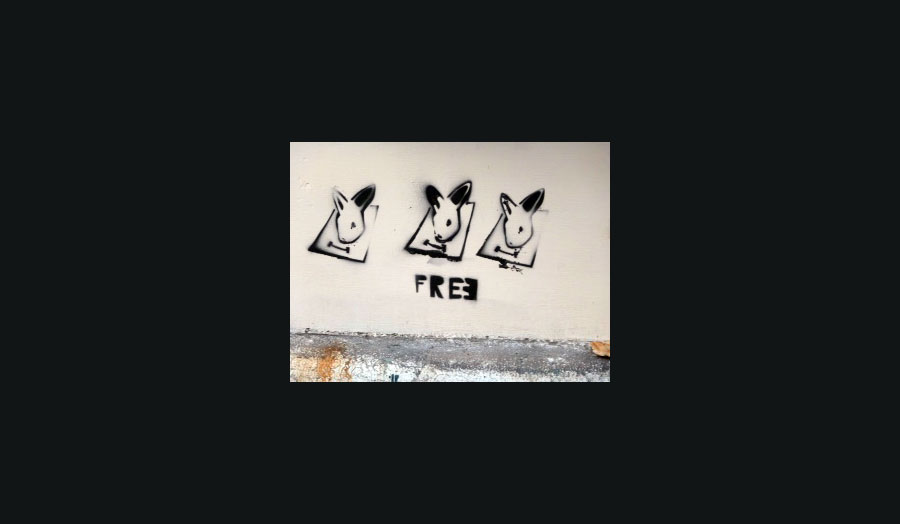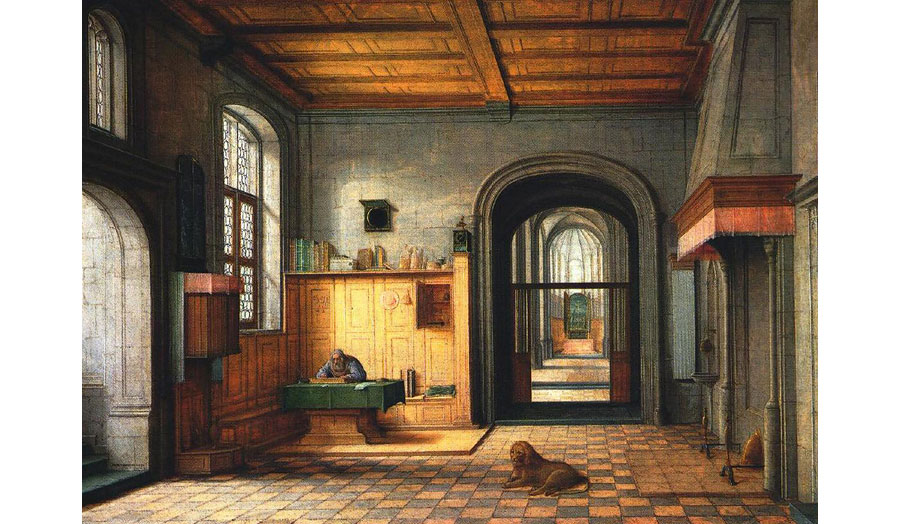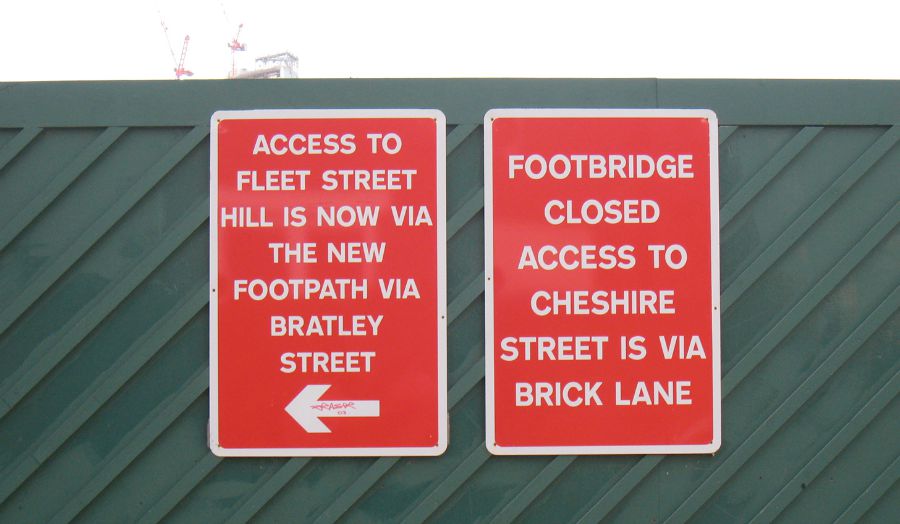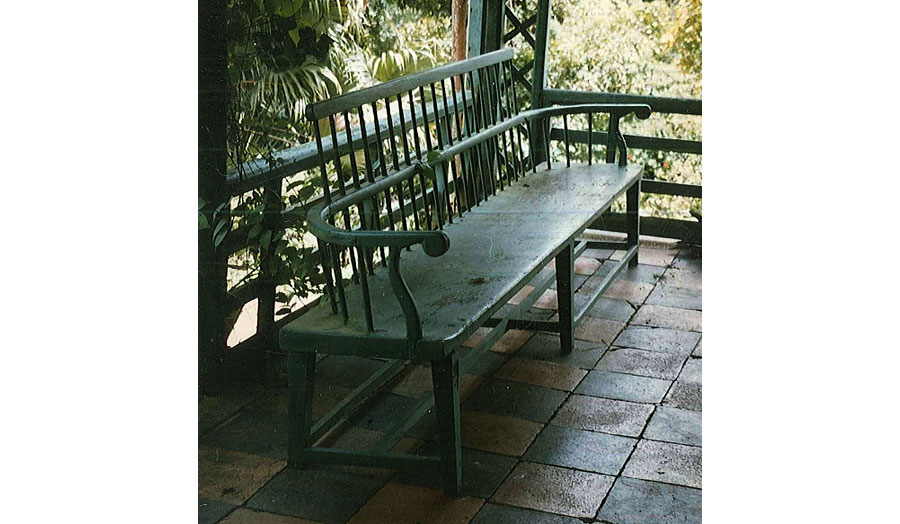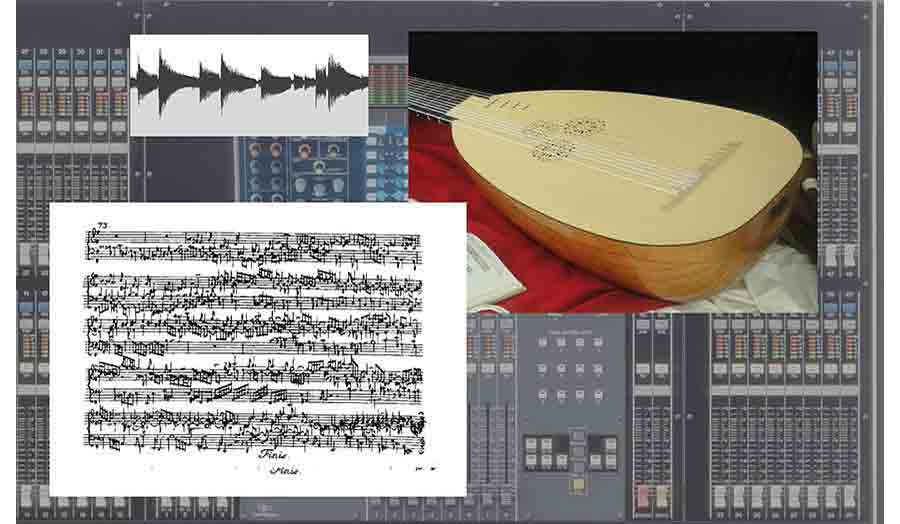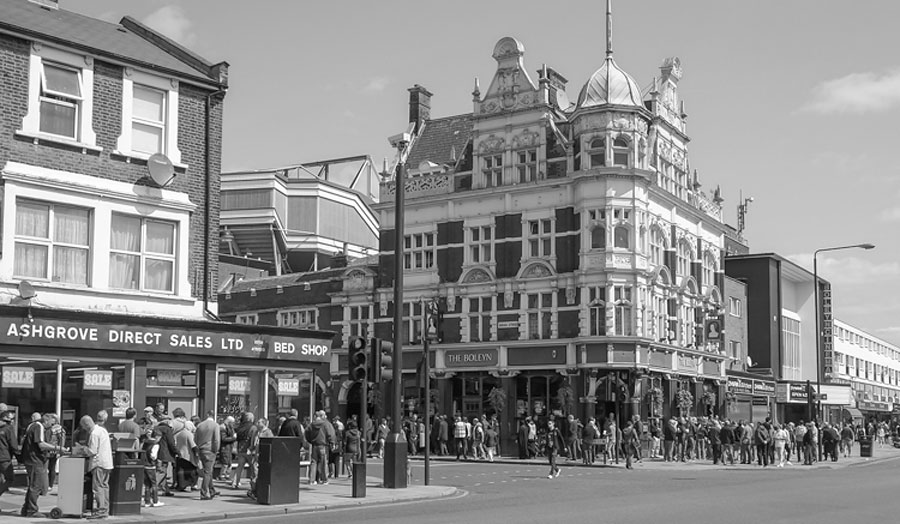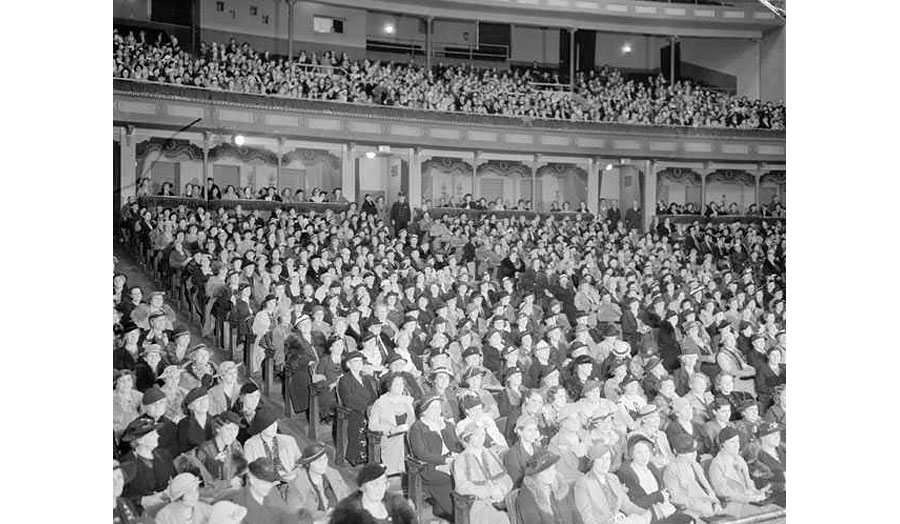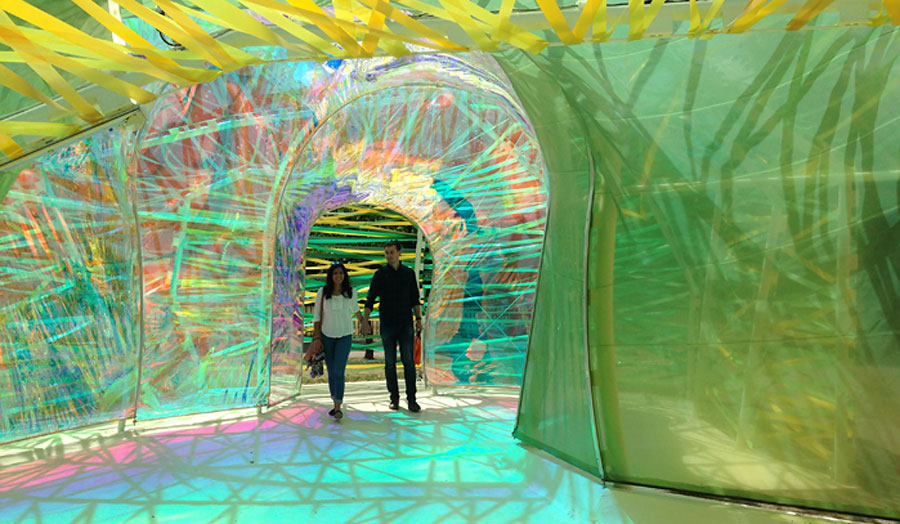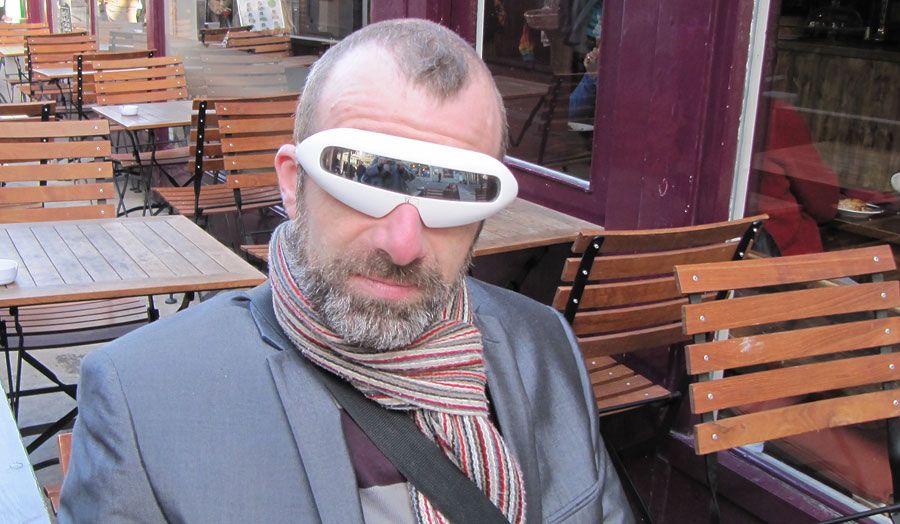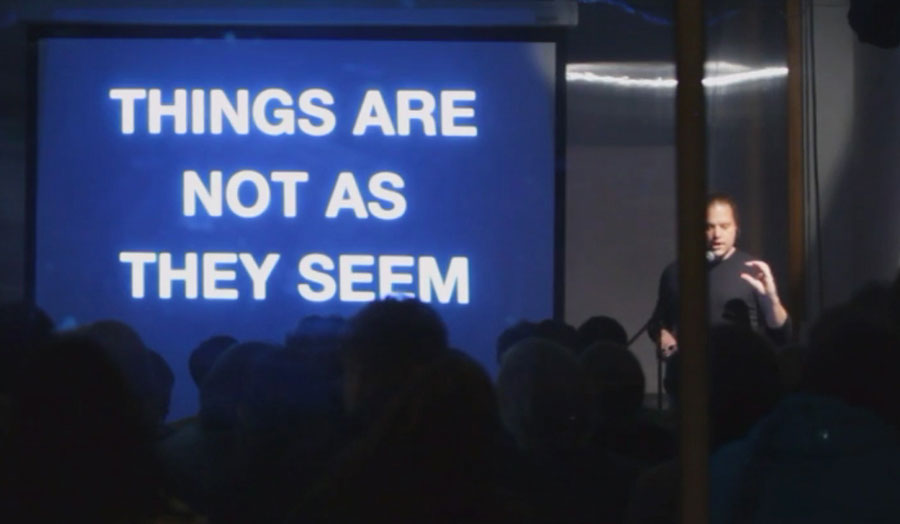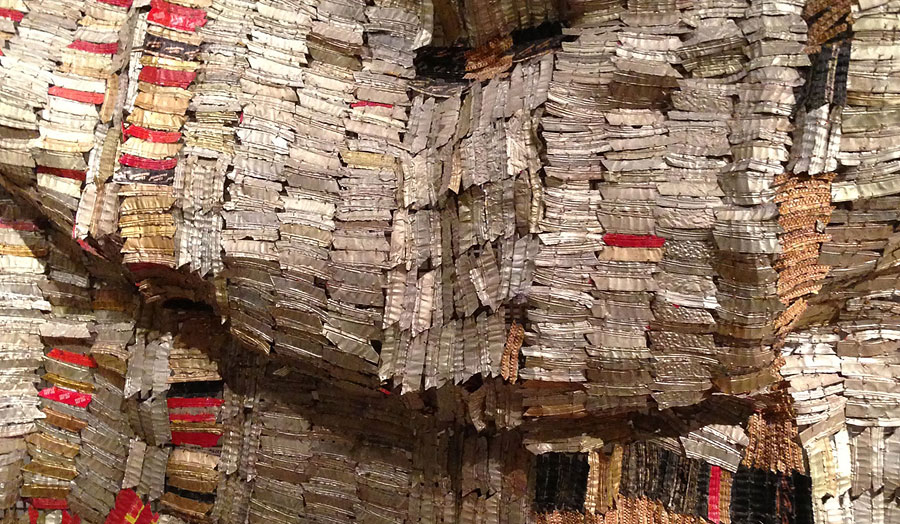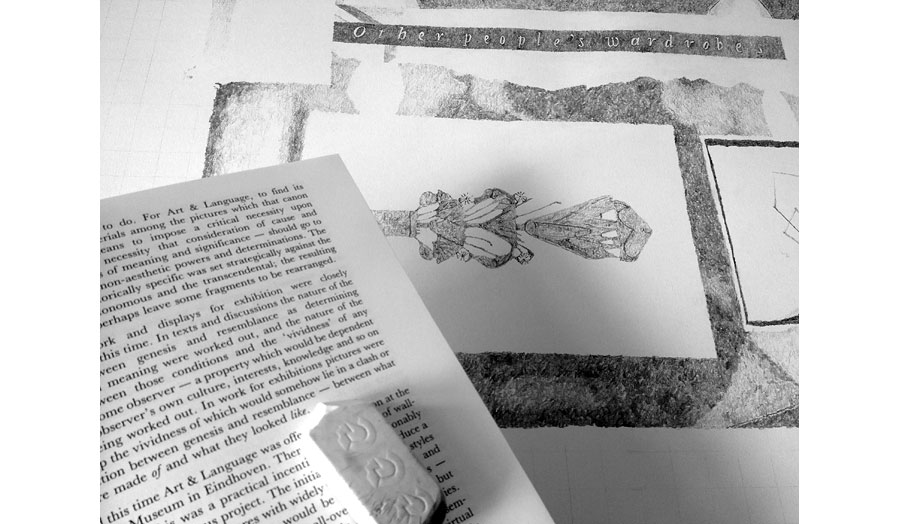Studio brief
This studio supports students who want to do research on the image, especially the photographic image. It offers a variety of perspectives on the aesthetics of the image and its relationship to a variety of contexts. It also looks at the role played by fantasy, desire and social memory when we look.
Images are often seen as self evident and at the same time invisible (when we look we tend to see everything but the photograph itself). Instead of pointing at the photograph and saying ‘this is the plane flying into a building’, it is more accurate to say ‘these are dots of ink printed on paper in a pattern to resemble a plane flying into a building’ or ‘these are illuminated pixels on a screen which give rise to a mental image of a plane flying into a building’.
It is not only the materiality of the image that gets overlooked. There is also the role of context in fixing the meaning of the image. On closer inspection, context seems to complete the image, even though the attempt to distinguish between what is ‘text’ and what is ‘context’ can turn out to be slippery. Instead of seeing these as awkward or inconvenient barriers to our personal enjoyment of images, we can see them as a means of getting under the skin of images, finding out how they work and how to make judgements about them.
The summer task is:
To choose a photograph from a recent newspaper story and use it to respond (in writing, 400 words) to the following quote, saying whether you agree or disagree with it: "this is not a just image, it's just an image" (Jean Luc Godard).
Outline the first seven weeks of study
- Week 1: Introduction: What is a dissertation and what kinds of topic work best? How to deal with a body of work, a particular photographer, a technique, a genre, a critical issue, a style or a particular moment in history. Looking at examples of previous dissertations in this area.
- Week 2: Sources: Where do I find material to base my dissertation on? What is the right kind of material? Why are some sources considered unacceptable for a dissertation?
- Week 3: Quoting from your sources; referencing your sources; discussing your sources critically and having your own voice. Developing your own argument.
- Week 4: Issues and critical perspectives i): the form of an image – technique, aesthetics, intention, the marks of authorship, codes and conventions.
- Week 5: Issues and critical perspectives ii) historicising the image – genre history; history and technology.
- Week 6: Issues and critical perspectives ii): critical judgement and the image – economics, institutions, markets, society, culture, gender, ideology and nationality.
- Week 7: Pitching your dissertation idea to the group.
Reading list
- Shore, Stephen, The Nature of Photographs (London: Phaidon, 2010) – a classic text by a well known photographer which emphasises the materiality of the photograph.
- Bate, David, Photography: Key Concepts (New York: Berg, 2009) – a critical study which breaks down the subject by genre (eg. portraiture, still life, landscape, documentary, etc.)
- Bull, Stephen, Photography (London: Routledge, 2009) – a clear and wide ranging introduction to genres and critical issues in photography.
- Stallabrass, Julian, Documentary (London: Whitechapel, 2013) – lively and polemical articles which argue over the nature and status of photographic truth.
- Gibbons, Joan, Contemporary Art and Memory: Images of Recollection and Remembrance (London: I B Tauris, 2010)– looks at memory as both theme and function in contemporary art.
- Degen, Natasha, The Market (London: Whitechapel, 2014)– an up to date selection of writings by artists and critics.
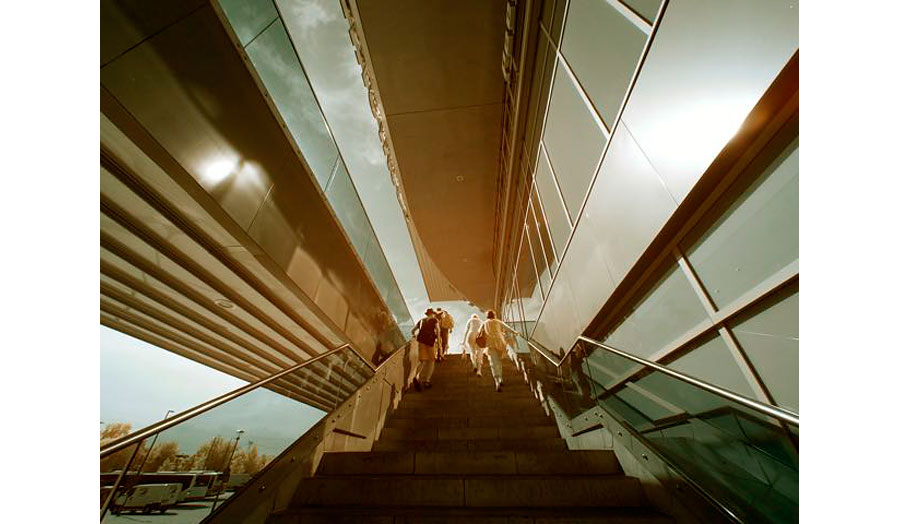
Details
| Tutor | Dr Nick Haeffner |
|---|

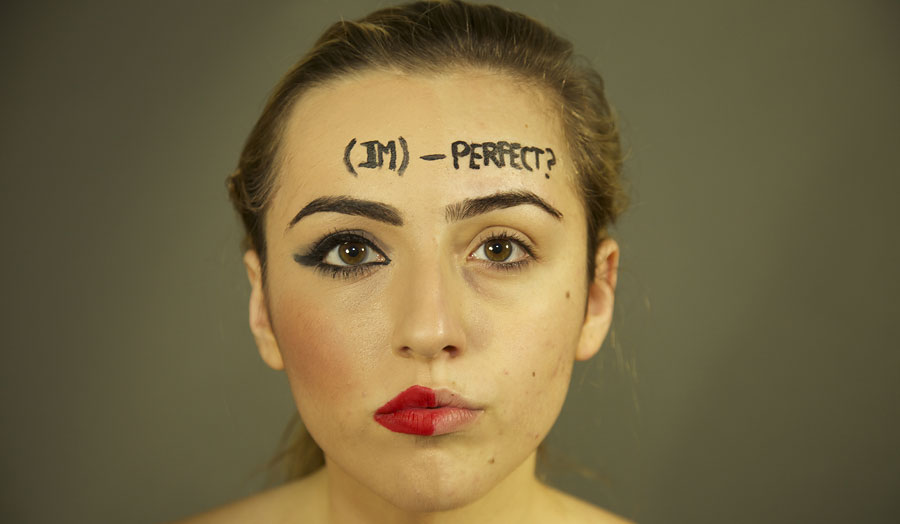
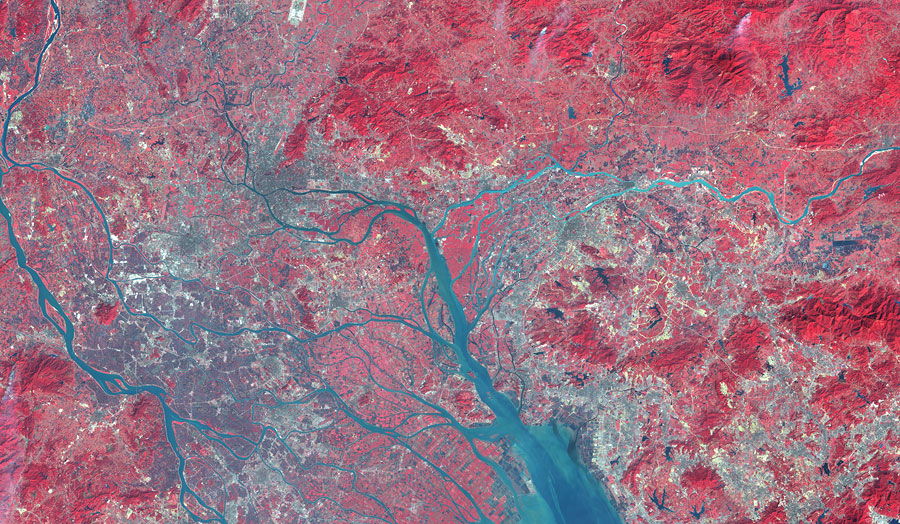
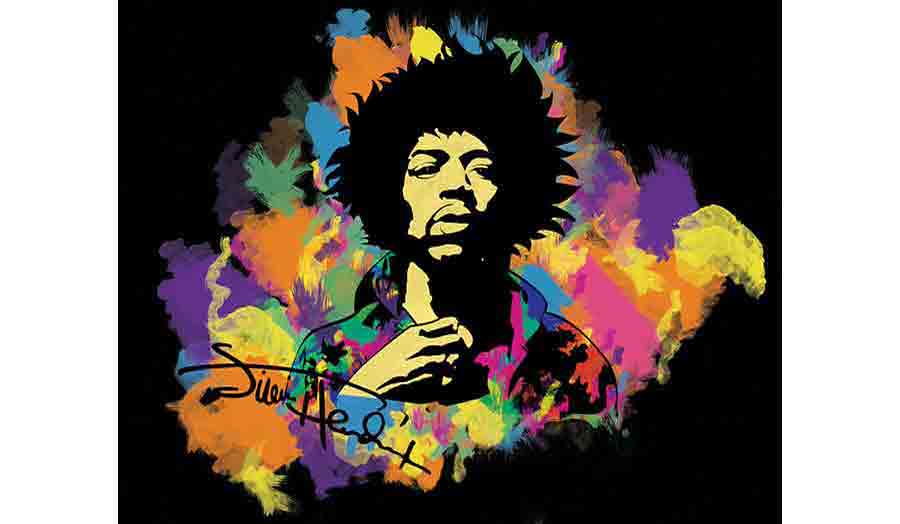
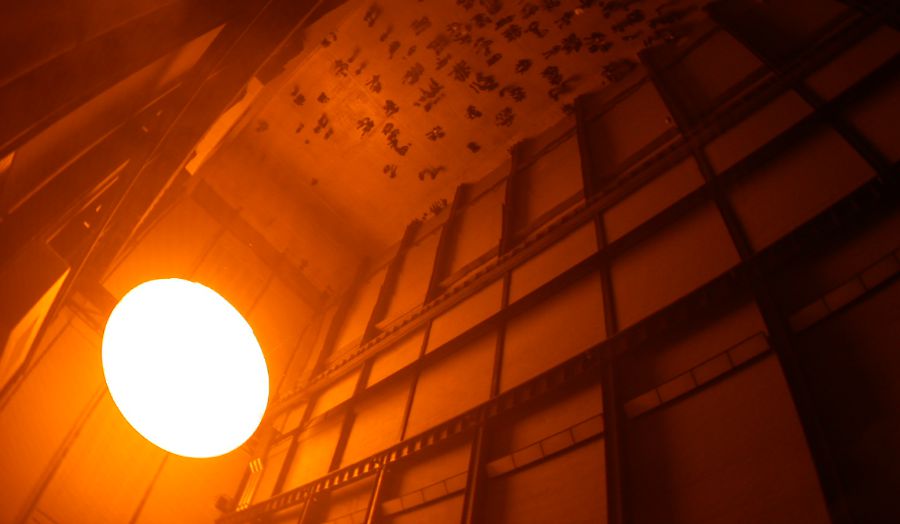
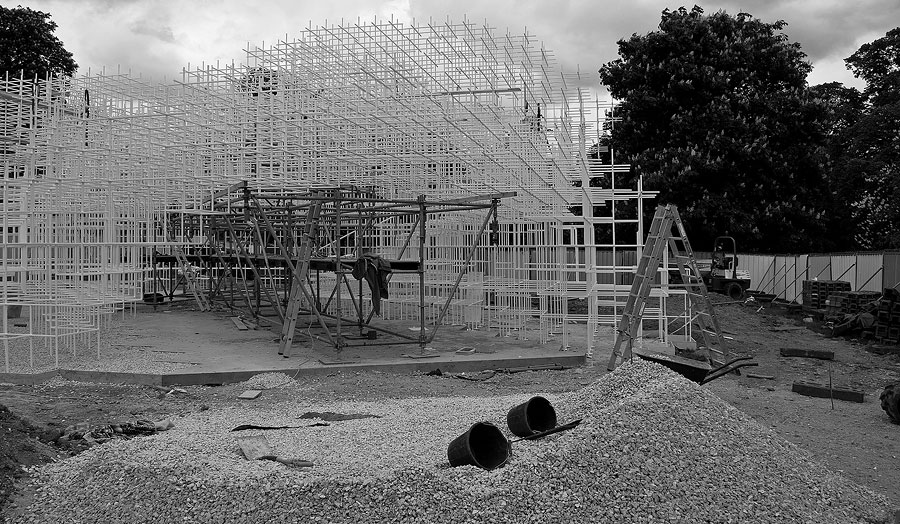
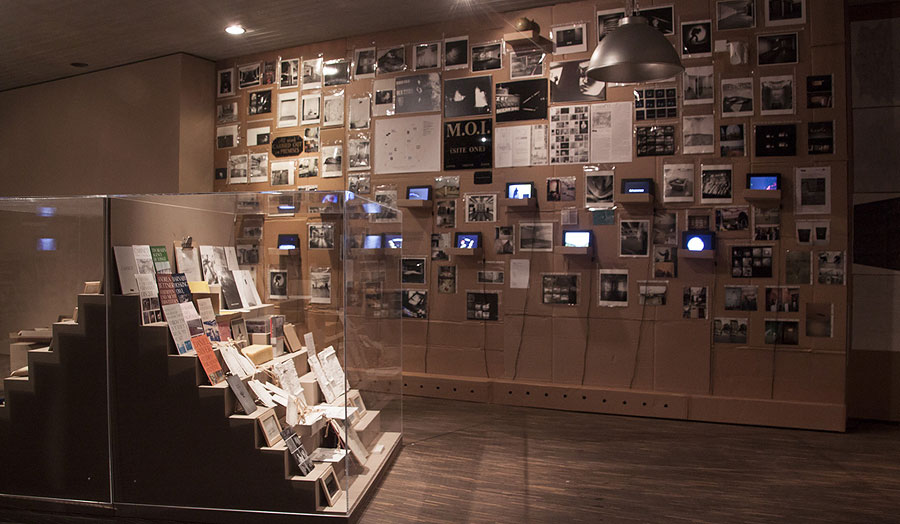
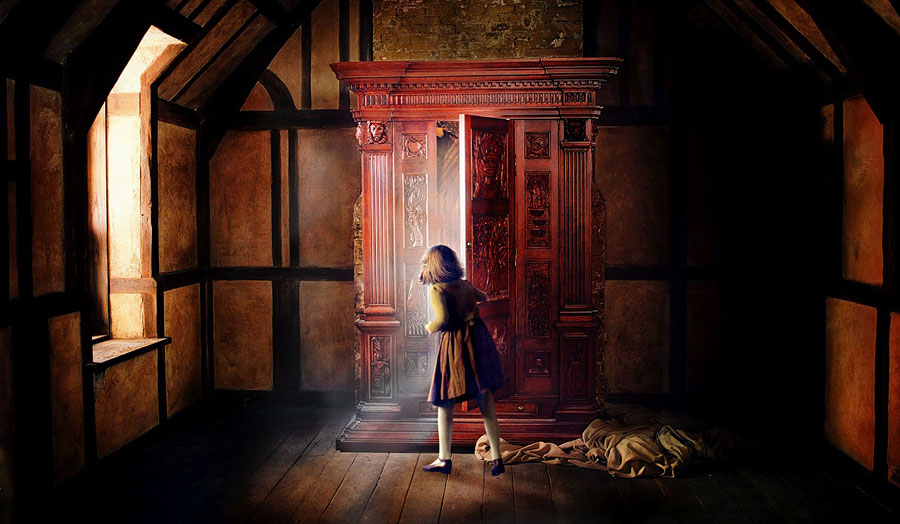

-(1).jpg)
